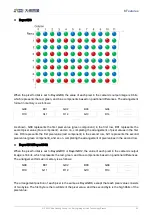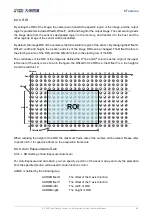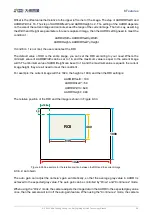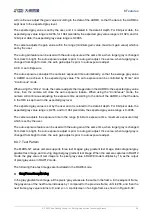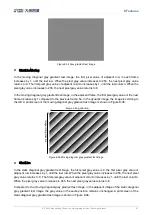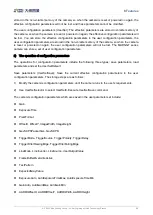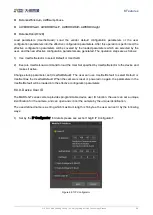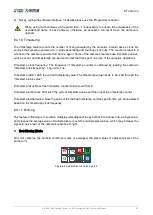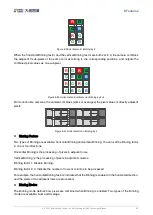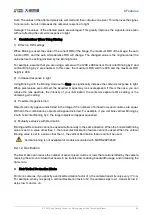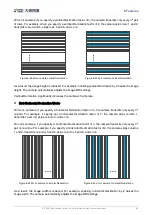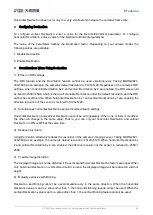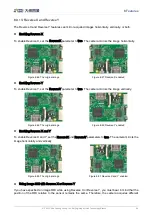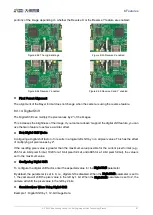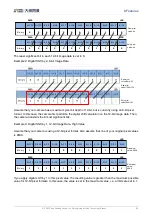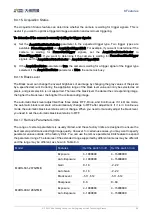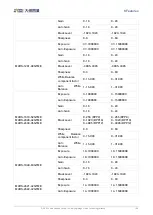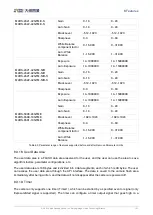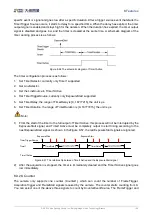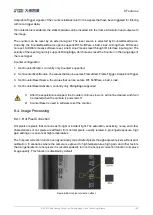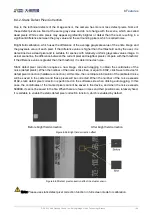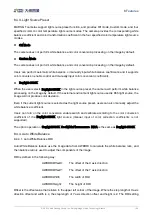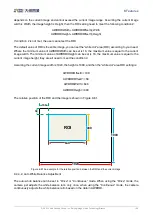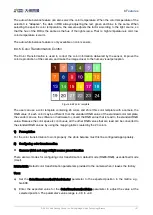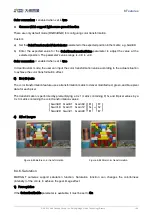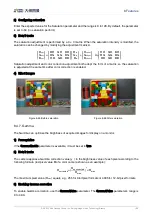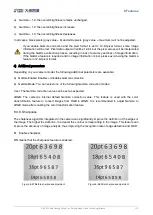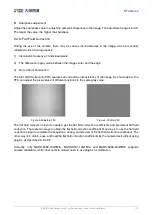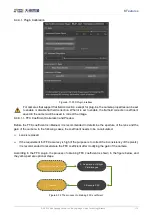
8.Features
© 2023 China Daheng Group, Inc. Beijing Image Vision Technology Branch 97
portions of the image depending on whether the Reverse X or the Reverse Y feature are enabled:
Figure 8-52 The original image
Figure 8-53 Reverse X enabled
Figure 8-54 Reverse Y enabled
Figure 8-55 Reverse X and Y enabled
Pixel Format Alignment
The alignment of the Bayer format does not change when the camera is using the reverse feature.
8.3.14.
Digital Shift
The Digital Shift can multiply the pixel values by 2
n
of the images.
This increases the brightness of the image. If your camera doesn’t support the digital shift feature, you can
use the Gain feature to achieve a similar effect.
How Digital Shift Works
Configuring a digital shift factor of n results in a logical left shift by n on all pixel values. This has the effect
of multiplying all pixel values by 2
n
.
If the resulting pixel value is greater than the maximum value possible for the current pixel format (e.g.,
255 for an 8-bit pixel format, 1023 for a 10-bit pixel format, and 4095 for a 12-bit pixel format), the value is
set to the maximum value.
Configuring Digital Shift
To configure the digital shift factor, enter the expected value for the DigitalShift parameter.
By default, the parameter is set to 0, i.e., digital shift is disabled. When the DigitalShift parameter is set to
1, the camera will shift the pixel value to the left by 1 bit. When the DigitalShift parameter is set to 2, the
camera will shift the pixel value to the left by 2 bits.
Considerations When Using Digital Shift
Example 1: Digital Shift by 1, 12-bit Image Data

